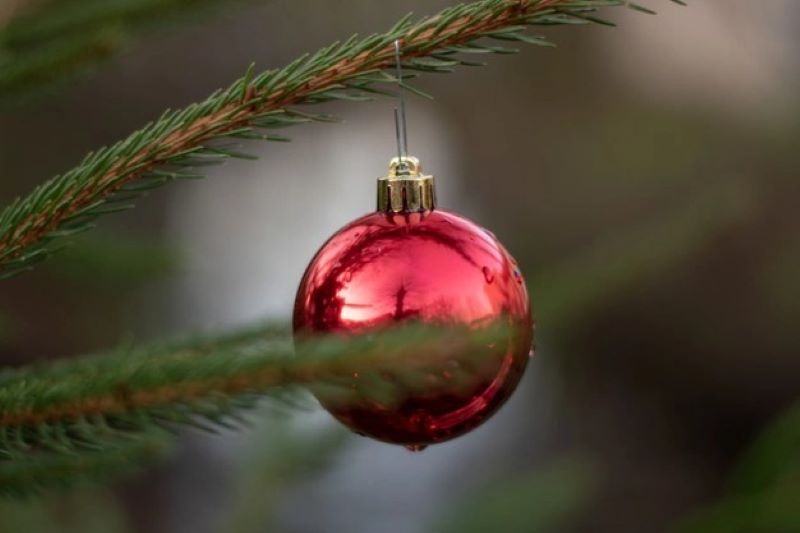Decking the Walls: A Brief History of Christmas Garlands
Christmas is a time for traditions that are rich in meaning and steeped in history. Among the most beautiful and enduring of these customs are the wreaths and garlands that decorate our homes, churches, and businesses during the holiday season.
The Christmas wreath is thought to have originated in ancient Greece as a symbol of victory and honor. The Greeks awarded wreaths to athletes and military heroes as a sign of their triumphs. The Romans continued the practice and expanded it to include the awarding of wreaths to victorious leaders and dignitaries. As Christianity spread throughout Europe, the wreath became a symbol of the hope and joy of the coming of Christ.
Wreaths: More Than Just a Pretty Decoration
The wreath as we know it today was likely introduced in the 16th century by German Lutherans. They fashioned wreaths from evergreen branches and decorated them with candles, a symbol of the light of Christ. Wreaths soon became a popular way to decorate homes for Christmas, and the tradition quickly spread throughout Europe and the United States.
In addition to its historical significance, the Christmas wreath also has cultural significance. The circular shape of the wreath represents God’s eternal love and the crown of thorns Christ wore at his crucifixion. The evergreen branches symbolize everlasting life, while the red berries and ribbon are a reminder of the blood shed by Christ on the cross. Today, wreaths are still used as symbols of hope, peace, and joy during the Christmas season.
Like the wreath, Christmas garlands have a long and fascinating history. Garlands were popular in ancient Rome, where they were used to decorate homes and public buildings during festivals and celebrations. They were made from a variety of materials, including flowers, leaves, and vines, and were often adorned with ribbons and other embellishments. As Christianity spread, garlands came to be associated with the Christmas holiday.
The earliest Christmas garlands were made from holly, ivy, and mistletoe. These evergreen plants were believed to possess magical powers and were used in ancient pagan rituals to ward off evil spirits. The Christmas garland became a popular decoration during the Middle Ages, when it was fashioned from evergreens and hung in churches and homes to symbolize Christ’s triumph over death.
The Artistry of Christmas Decor: Modern Trends in Wreaths and Garlands
Today, Christmas garlands are still a popular decoration. They are often made from evergreen branches, berries, flowers, and other natural materials. From simple greenery to elaborate designs, Christmas garlands add a festive touch to homes, businesses, and public spaces during the holiday season.
In addition to their historical and cultural significance, wreaths and garlands also have a practical purpose. Evergreen plants were used in ancient times to ward off illness and disease during the harsh winter months. Today, the use of evergreens and other natural materials in wreaths and garlands is believed to have a similar effect. Many people also believe that the scent of evergreens helps to create a peaceful and calming atmosphere during the busy holiday season.
In conclusion, the Christmas wreath and garland are not only beautiful decorations, but also rich in history and cultural significance. They are symbols of hope, peace, and joy during the Christmas season, and remind us of the triumph of Christ over death. Whether simple or elaborate, wreaths and garlands continue to be an enduring part of our holiday traditions.

